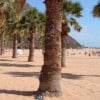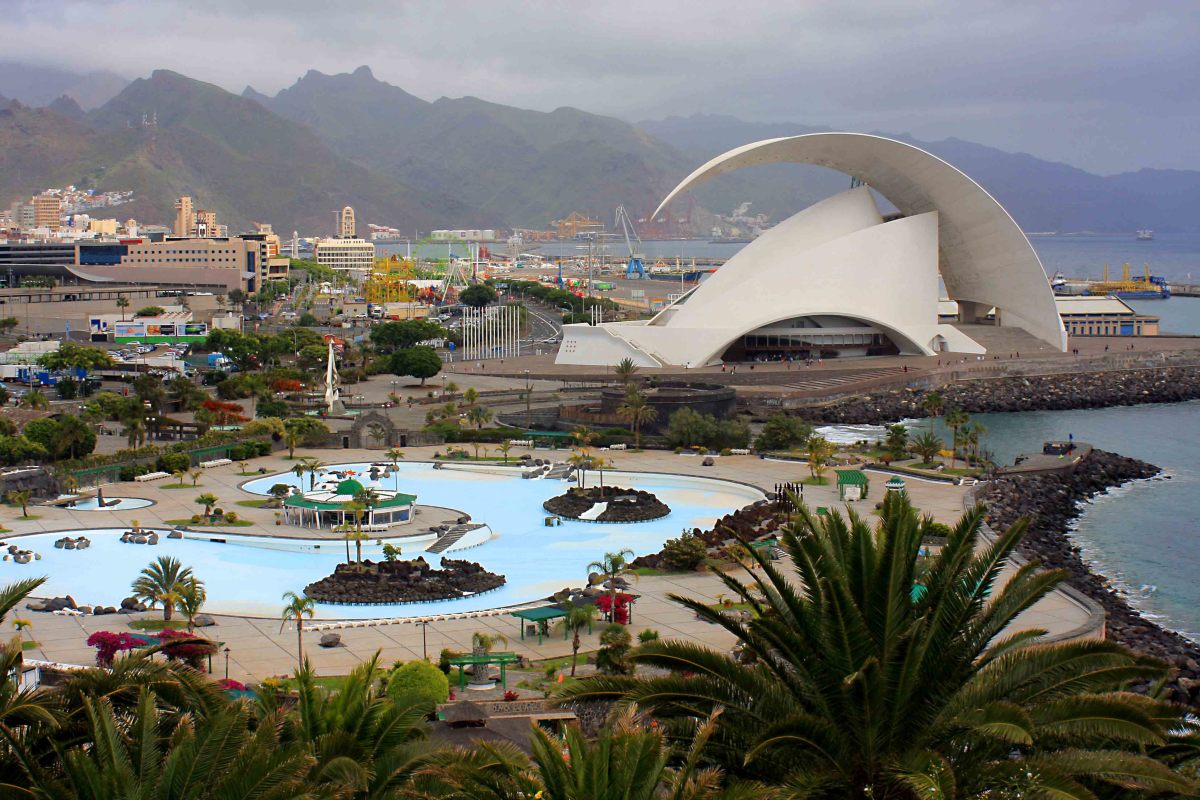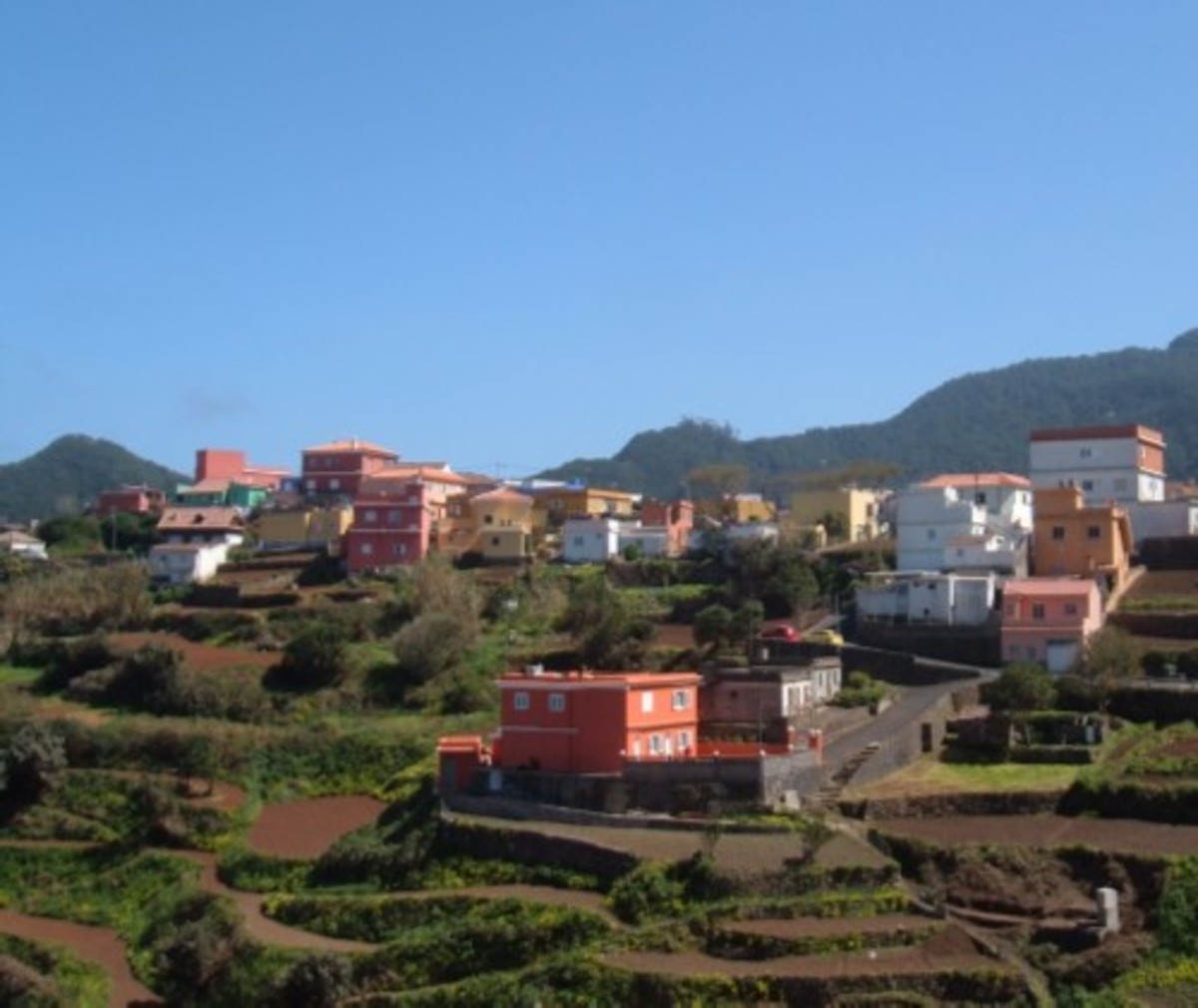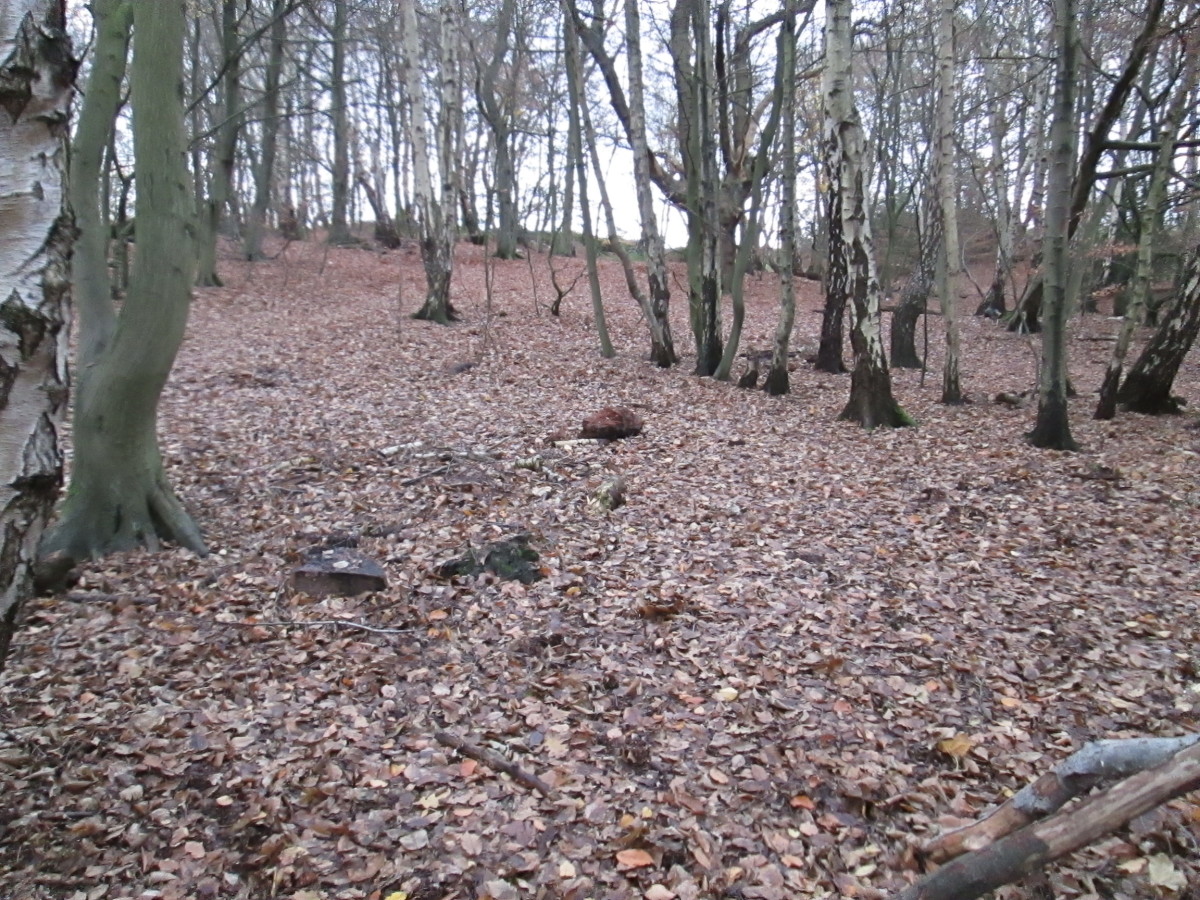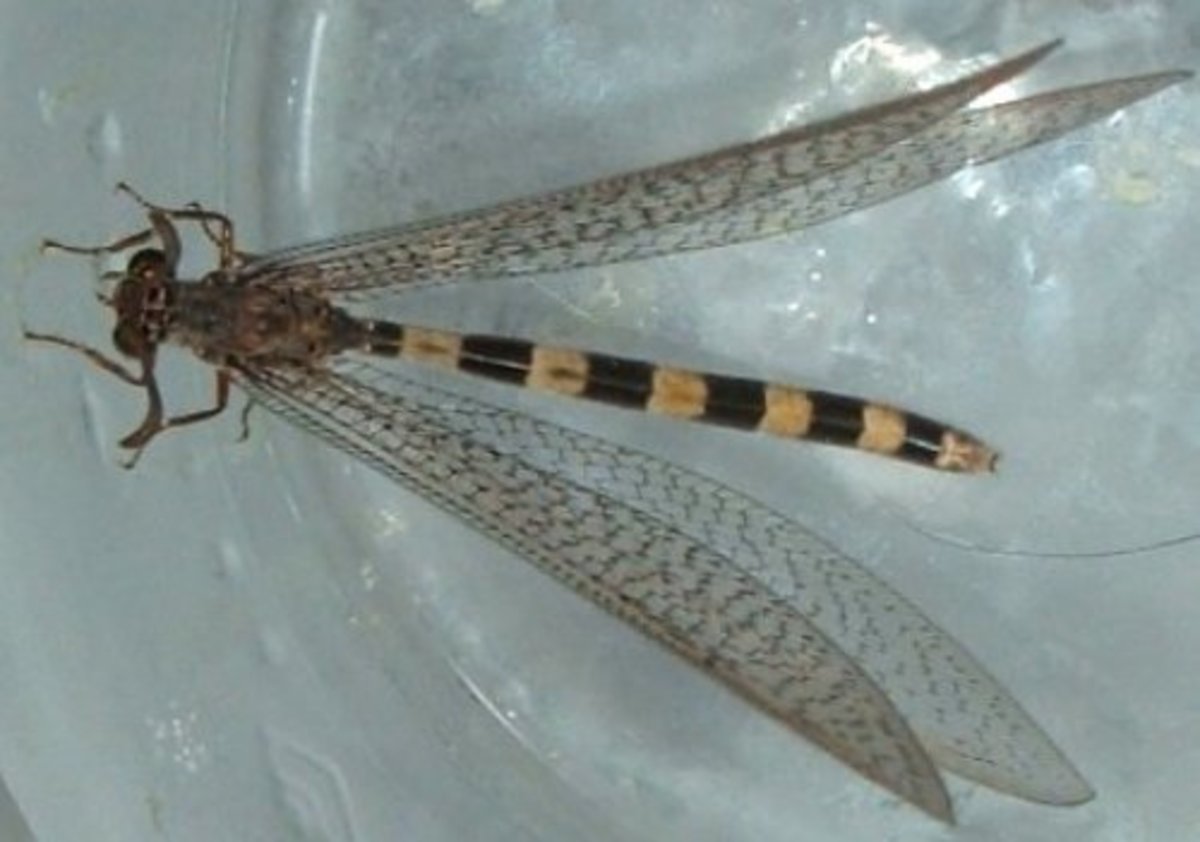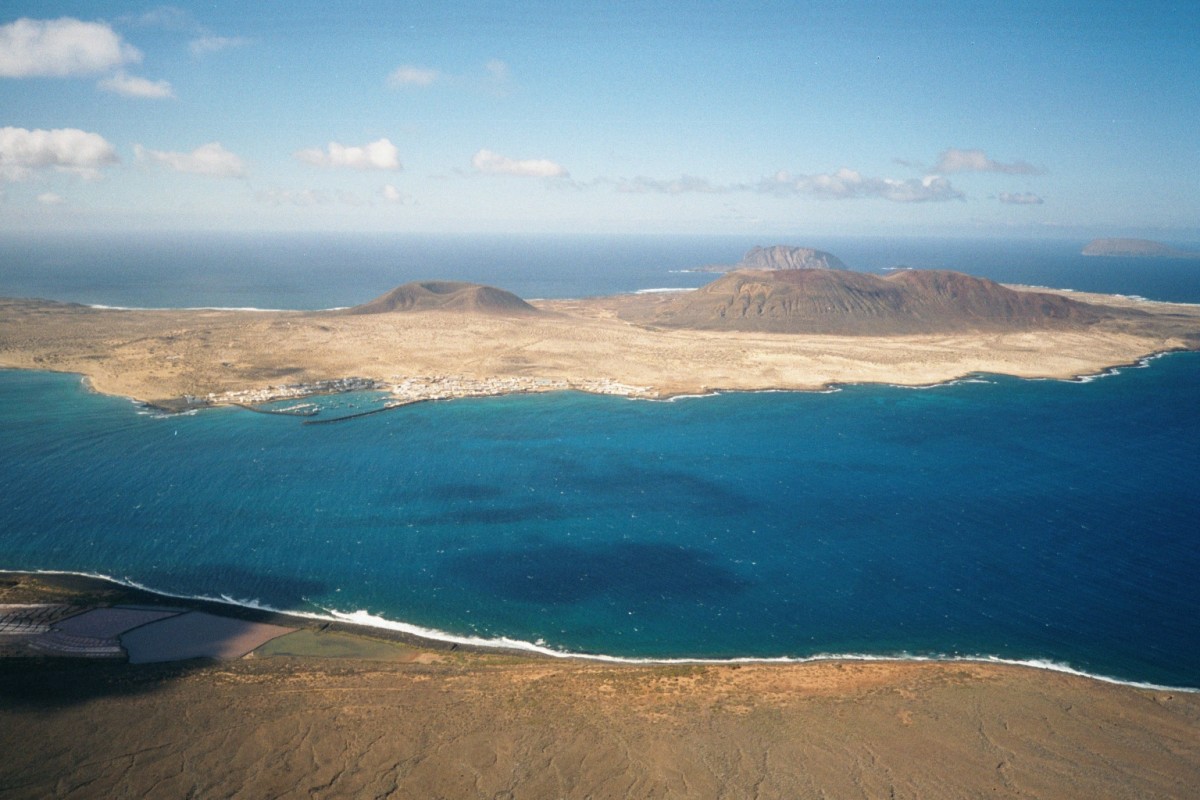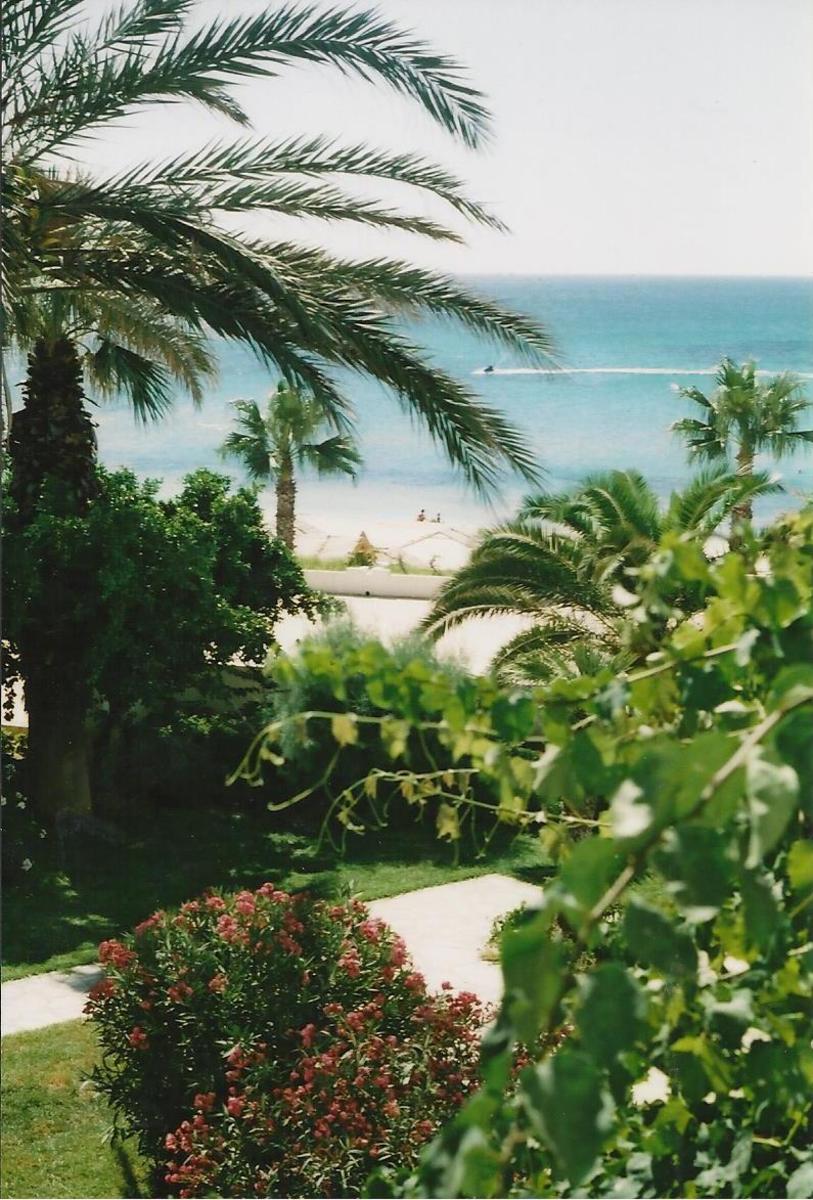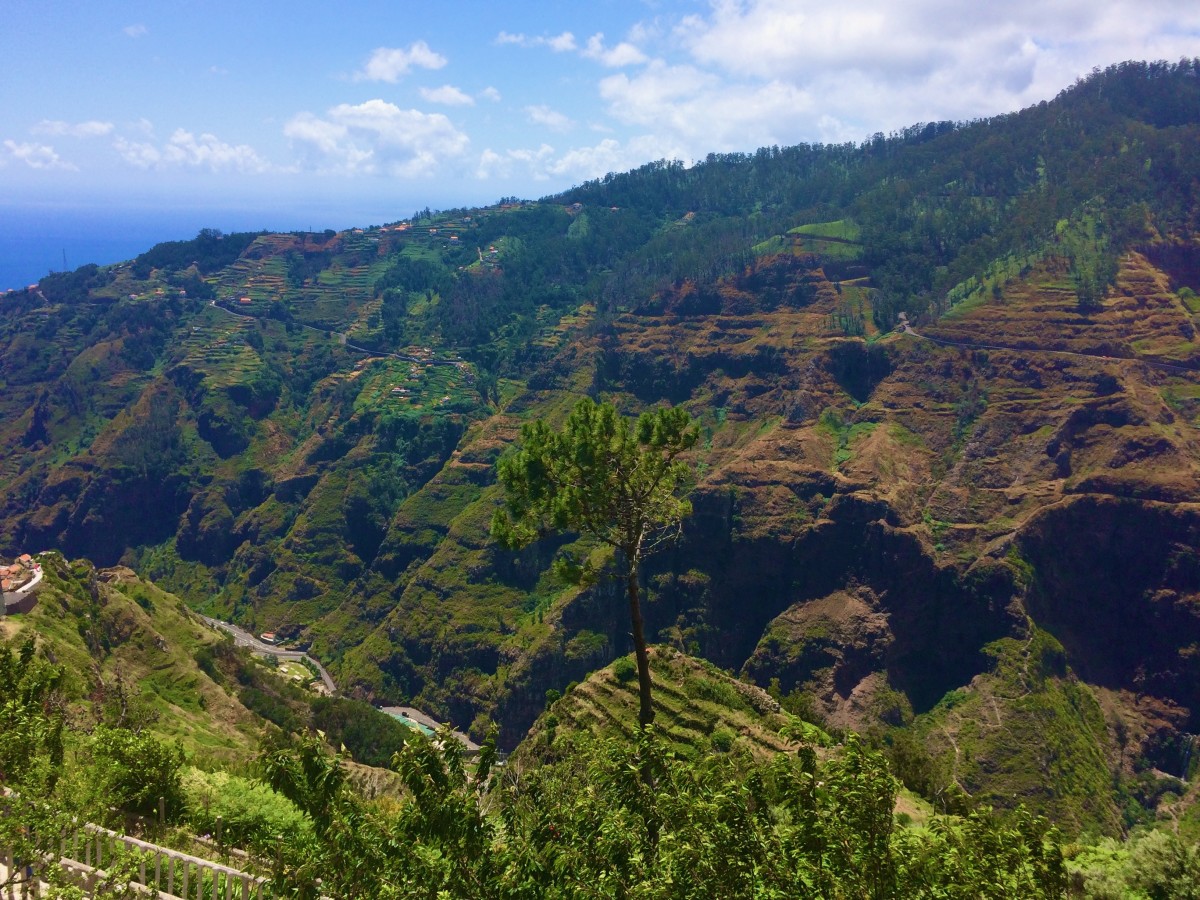- HubPages»
- Travel and Places»
- Visiting Africa»
- Travel to Northern Africa
Walk from Erjos to Los Silos via Monte del Agua
From the ponds of Erjos
Many people do not realise that Tenerife has ponds but right by the village of Erjos there are several. The amount of water in them varies depending on the weather the island gets but usually there is enough to attract water birds including coots, moorhens and herons.
The Erjos ponds, or lakes as they are also called, make a great starting point for an interesting walk through the Tenerife countryside and also includes footpaths through ancient evergreen laurel forests then down on a winding mule-track to the town of Los Silos.
The whole walk is around 11.5km and takes around six hours to complete if walking at a moderate pace and stopping for short breaks along the way.
Erjos ponds
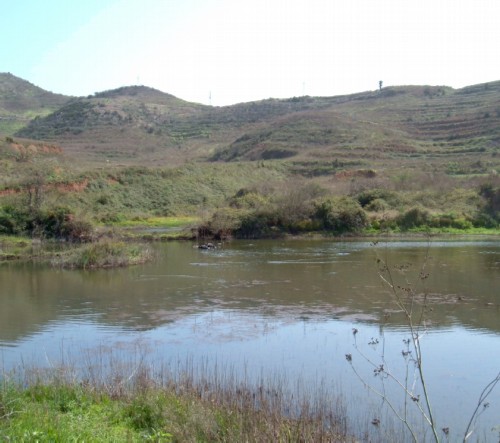
Canary Island Sowthistle
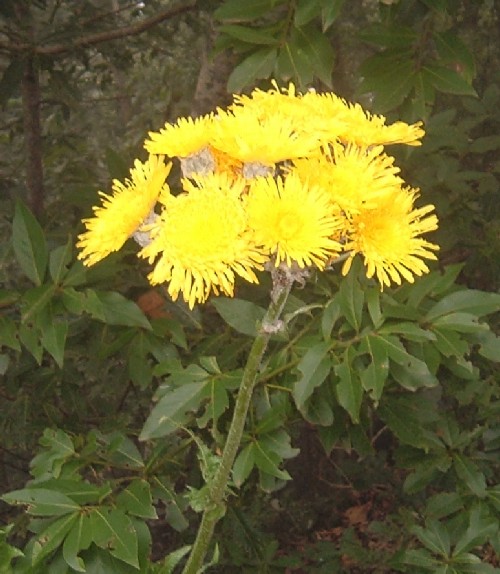
Violet
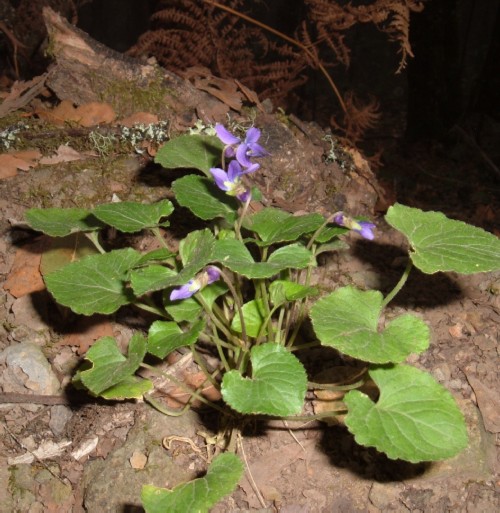
Canary Island Bellflower
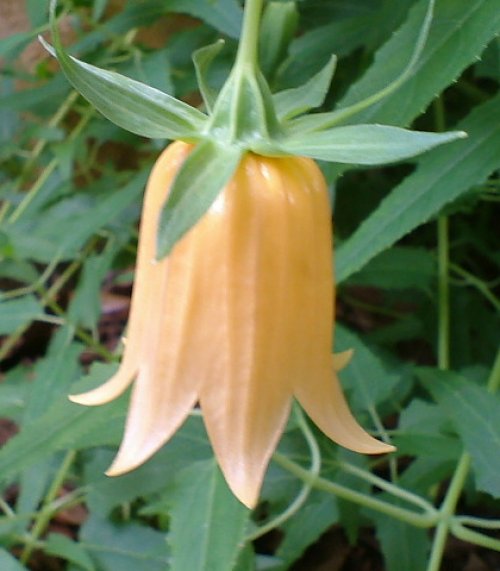
Monte del Agua
If you cross the road from Restaurante Fleytas you are above the ponds and there is a footpath down to them. Depending on the time of year and how much water there is in them you should look out for water birds and can also expect to see dragonflies and aquatic insects such as whirligig beetles and water boatmen in the pools. In spring the two types of frog found on Tenerife - the Iberian Water Frog (Rana perezii) and the Stripeless Treefrog (Hyla meriodonalis) both breed there.
Wild flowers
There are plenty of wild flowers too, although sadly the are has gorse bushes too springing up all over the place. This invasive species got established when there were serious fires some years back that burned most of the vegetation there.
Follow the pathway past the ponds in the direction of San Jose de los Llanos which is marked on a signpost. After a short walk past a farmhouse you will reach another signpost with a choice of Punta del Teno or San Jose de los Llanos or an unmarked path that goes upwards around some woods. This is the one you take.
You should see tall Eucalyptus trees in the beginnings of the forest on the left-hand side of the path and there are tall phone towers also in sight at the top of the incline.
Follow the pathway up through the woodlands and you will soon enter evergreen laurel forest or "laurisilva", as it is known in Spanish. This is one of the only surviving stretches of this form of woodland in the world.
Laurel pigeons
If you are very lucky you might even spy some very rare birds. The Laurel Pigeon (Columba junoniae) and Bolle's Pigeon (Columba bollii) both live and breed in this unique woodland. These pigeons feed on the fruits of the evergreen trees that grow in the forest.
The mountain and woods in this area is known as Monte del Aqua, the "Mountain of Water" and in winter it is often aptly named due to rain and thick cloud and can get quite chilly so wrap up accordingly. The swirling misty cloud that is known as "bruma" keeps the vegetation in the woods in good condition.
You can expect to see yellow Canary Island Sowthistles (Sonchus acaulis), the orange spikes of Canary Island Foxglove (Isoplexis canariensis), the aromatic Balm of Gilead (Cedronella canariensis) and the very pretty Canary Island Bellflower (Canarina canariensis ) among the endemic woodland wild flowers you will encounter. This means that the spring is the best time for this walk because many of these plants will be in bloom then.
Violets
The Violet (Viola odorata) also grows in the dappled shade along this route and is the food-plant of the beautiful Cardinal Butterfly (Argynnis pandora). This fritillary can be seen flying in sunny glades and along pathways in forested areas like this in Tenerife.
You can expect to see lichens and mosses, as well as ferns in this forest and the air is delicately perfumed with their aroma and that of the slightly aromatic foliage of the trees. Some lichens such as the Usnea species, grow on the tree trunks and branches and hang down like beards.
CAMINANDO POR ACHINECH (tenerife) 13 Las Moradas-Talavera- Los Silos
View down to Los Silos
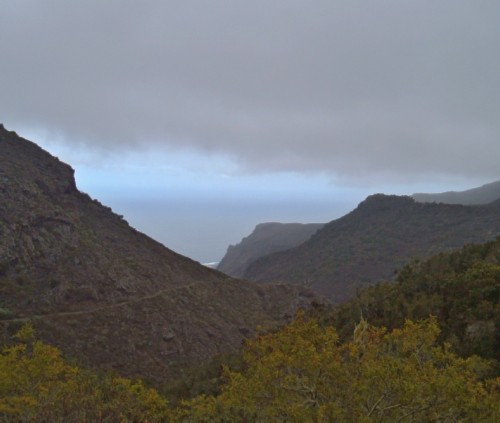
Las Moradas

Mule track to Los Silos
After walking for some hours through the beautiful forests you will reach a signpost that points you in the direction of Las Portelas and El Palmar or down to the coastal town of Los Silos.
The Los Silos pathway is via an old mule-track that winds its way down through more forest and then on to mountainside. There are some stunning views over the surrounding woodlands, mountains, ravines and down to the sea far below. One of the ravines you will pass is the Barranco Cochinos.
Guanches
On the way you will pass by the abandoned farmhouse and other buildings known as Las Moradas which was once a small settlement of people who lived there. The Guanches, who were the original people of the Canary Islands before the Spanish Conquest, were also known to have lived in and used this area above Los Silos.
As you go down the winding stone pathway through the high mountain scrub-land you cannot help but admire the people who once lived and farmed at the Las Moradas settlement. You may well find yourself wondering what would make anyone want to live and build in such a remote location but the stunning views and beautiful countryside around could well be the answer.
As the forest gives way to the sort of scrub-land found on a Tenerife mountainside you will see many interesting wild plants that grow here. This would make the walk of especial interest to botanists as well as ramblers.
Stick of Blood
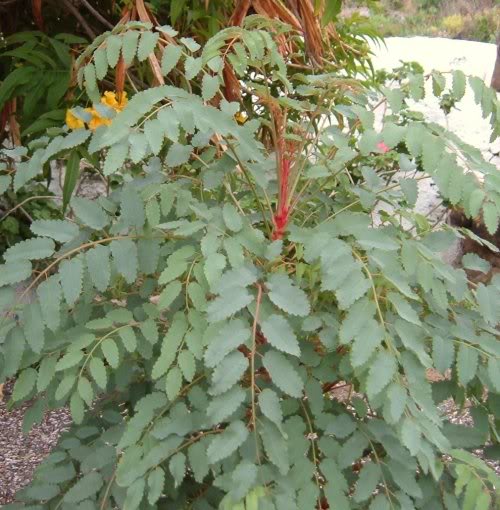
Endemic Flora
Apart from the interesting wild flowers you will have seen earlier on in the wooded areas there are a number of endemic species that grow on the mountainsides too that botanists would be on the lookout for.
One of these is the Stick of Blood (Marcetella moquiniana) or "Palo de Sangre", as it is called in Spanish. This rare and unusual shrub from the Rose family gets its name from the red colouring of its stems. It can grow into a small tree of up to 4 metres in height but is usually a lot smaller.
The St John's Wort species Hypericum reflexum can be found growing on the mountainsides and cliffs above Los Silos. Like other types in its genus it has yellow star-like flowers.
The white-flowered and bushy Echium giganteum blooms in spring. It is closely related to its more famous cousin in the Viper's Bugloss genus E.wildpretii, which is called Tajinaste rojo in Spanish because of its red flowers. This is the plant with tall spiky inflorescences that grows high on Mt Teide and is the subject of many photos and paintings of the mountain.
There is certainly plenty of interesting things to see on this walk and a bus to help get you home with connections from Icod de los Vinos can be caught on the main road through Los Silos.
Copyright © 2012 Steve Andrews. All Rights Reserved.
Erjos, Tenerife
Tenerife fires news update
Tragically the laurel forests in this area of Tenerife were the first to be ruined in the recent wildfires that began on the 10 August, 2012 and have been fought by firefighting teams ever since.
The Monte del Agua forest fire was one of the worst and took days for the water-carrying helicopters and planes to douse it with enough water to extinguish the flames. The damage this blaze has done to this ancient laurel forest will probably take decades to repair.
